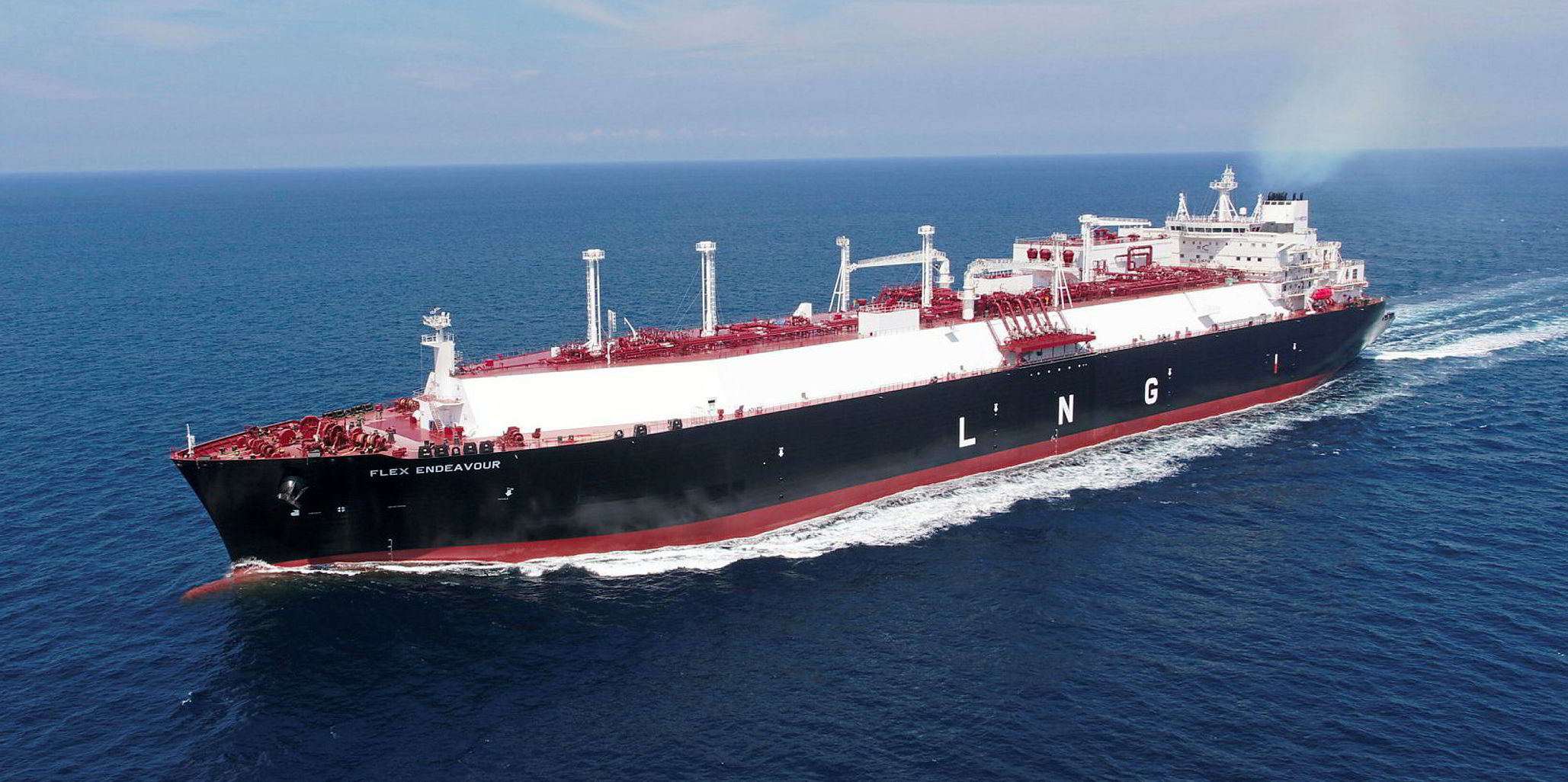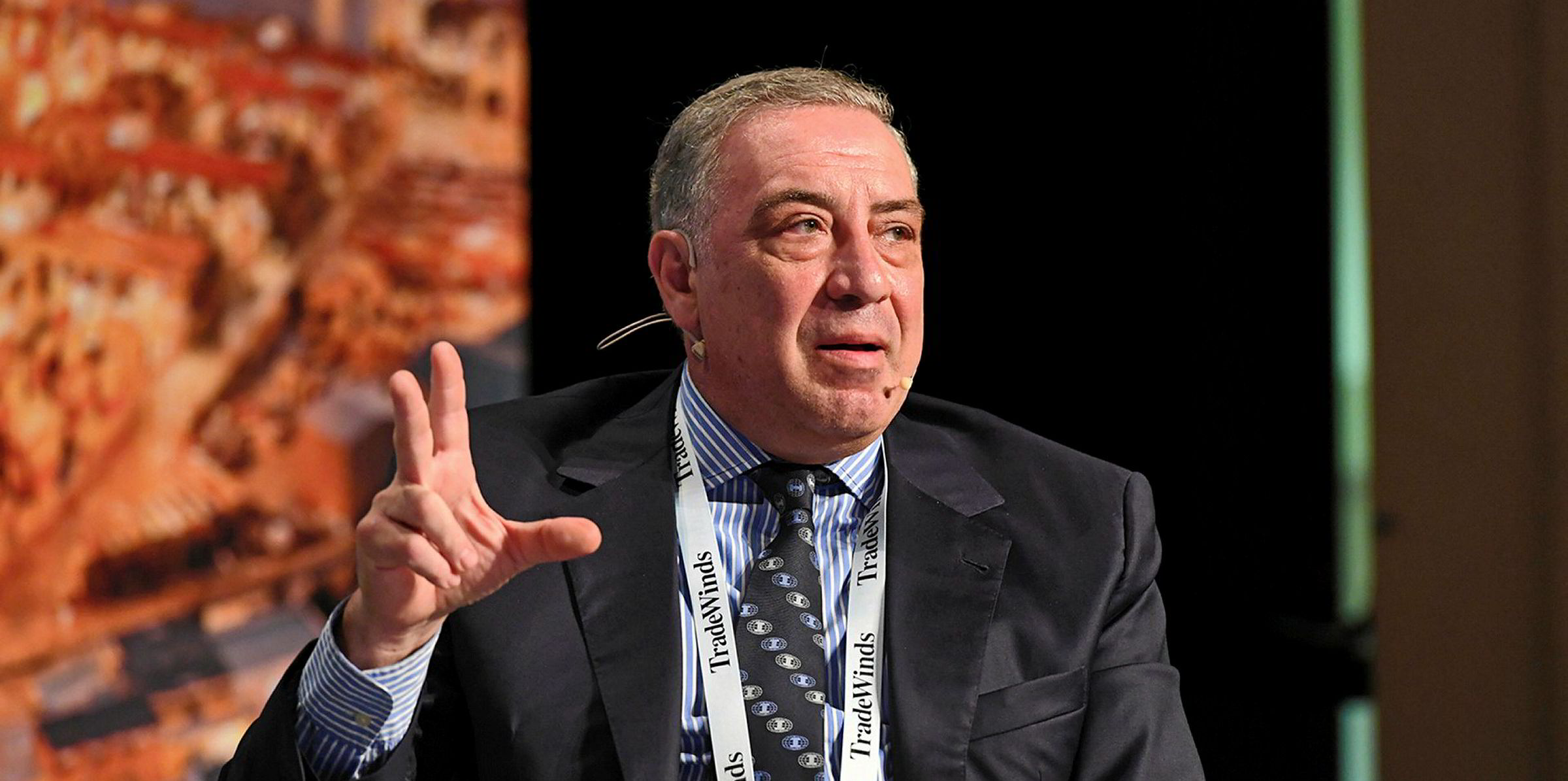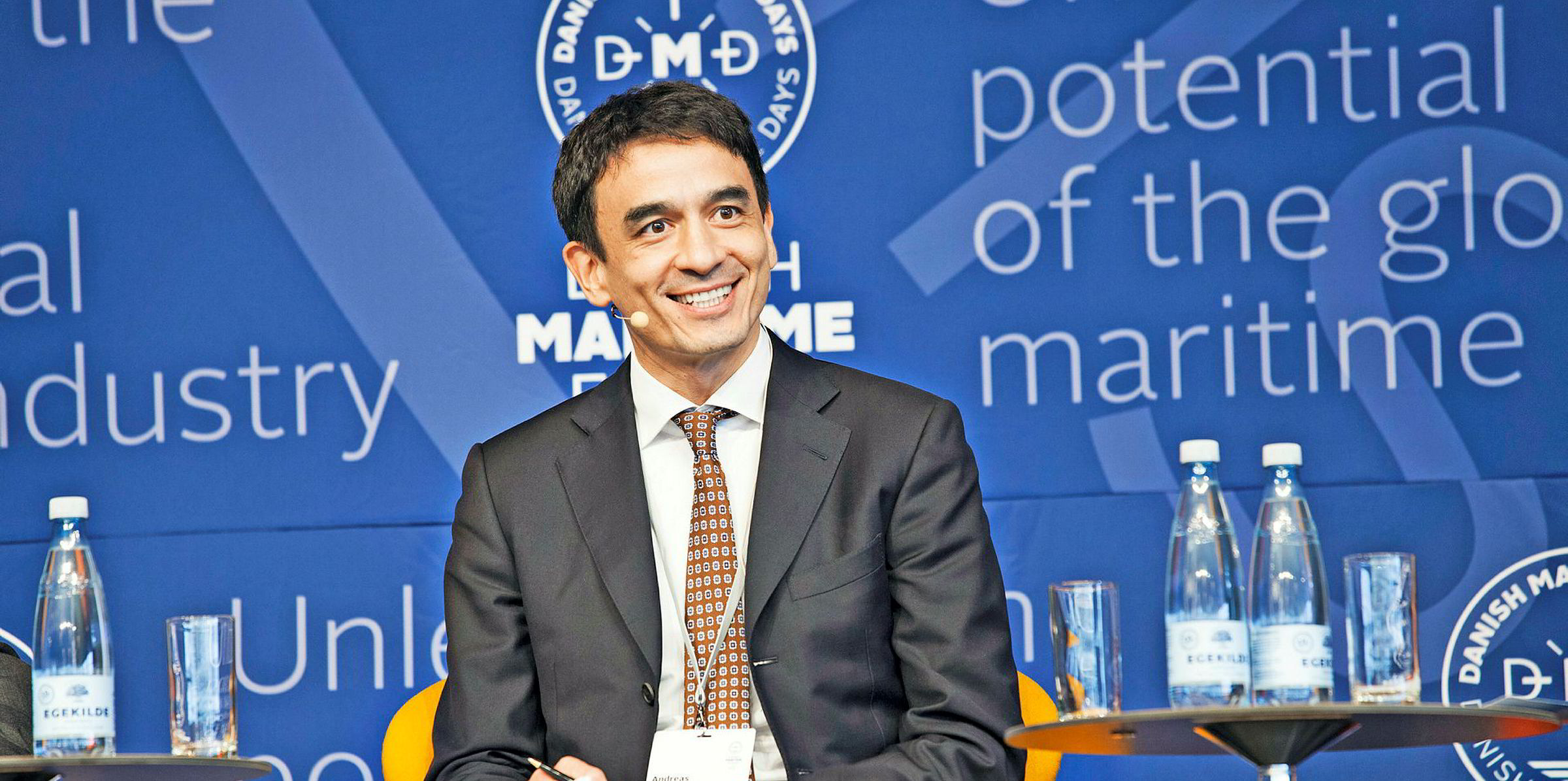Danske Bank has dropped its LNG carrier rate forecasts given a slower than projected upturn in the market this year.
Analyst Anders Karlsen is sticking to his view of an upturn in the second half of 2019 but his revisions impact both that period and the next two full years.
“There may be upside potential, but with uncertain outlook for the global economy, LNG demand may also be negatively affected,” he said in a report today.
“A main risk factor remains winter temperatures affecting demand for LNG used for heating and that inventories remain high following last year’s lower consumption.
“Furthermore, if cargoes heading for Asia are purchased from EU inventories rather than the US, it may affect demand for transportation negatively as we have seen during the first part of the year.
“With several new LNG liquefaction plants having come on stream over the past months, we continue to believe that fleet growth will be more than offset by demand growth.
"Hence, we expect the market to tighten but with lower rate expectations than earlier.”
Karlsen said the spot market this year has been much weaker than previously estimated.
As a result, he has sliced his third quarter projections for a modern XDF LNG carriers from $92,000 per day to $72,000 per day.
For the fourth quarter, the forecast has come down from $115,000 per day to $100,000 per day.
“We reiterate our view that the LNG market is set to be strong during the second half of 2019 and 2020 despite the rate downturn seen so far this year,” he said in a report today.
“The key driver remains that exports are set to grow out of the US, Russia and Australia. Furthermore, the majority of the demand growth is likely to be Asia-based.”
For 2020 Karlsen is now forecasting modern LNG carriers to earn $93,750 per day, down from $112,000 per day previously.
For 2021, the projection has been dropped from $103,250 per day to $87,500 per day.
“The recent ordering spike is a potential medium-term risk given the possible delays in new FIDs,” the analyst said.
“However, we note that delivery times are set to increase to around three years, meaning that orders placed today will likely materialise in late 2022.
“We do see the risk that excessive ordering may once again hit the market in 2022 until material new capacity is added to the LNG production side.”






